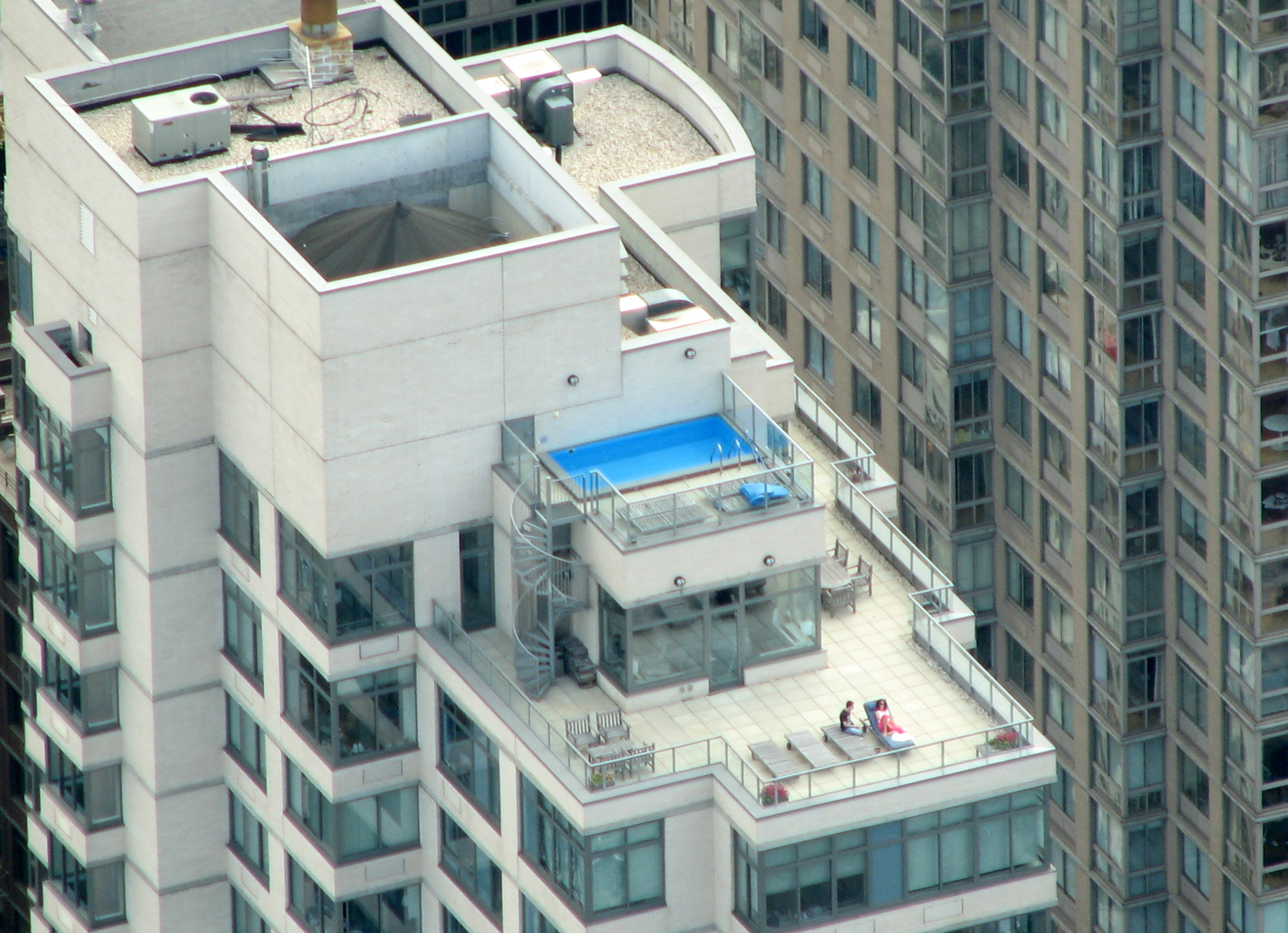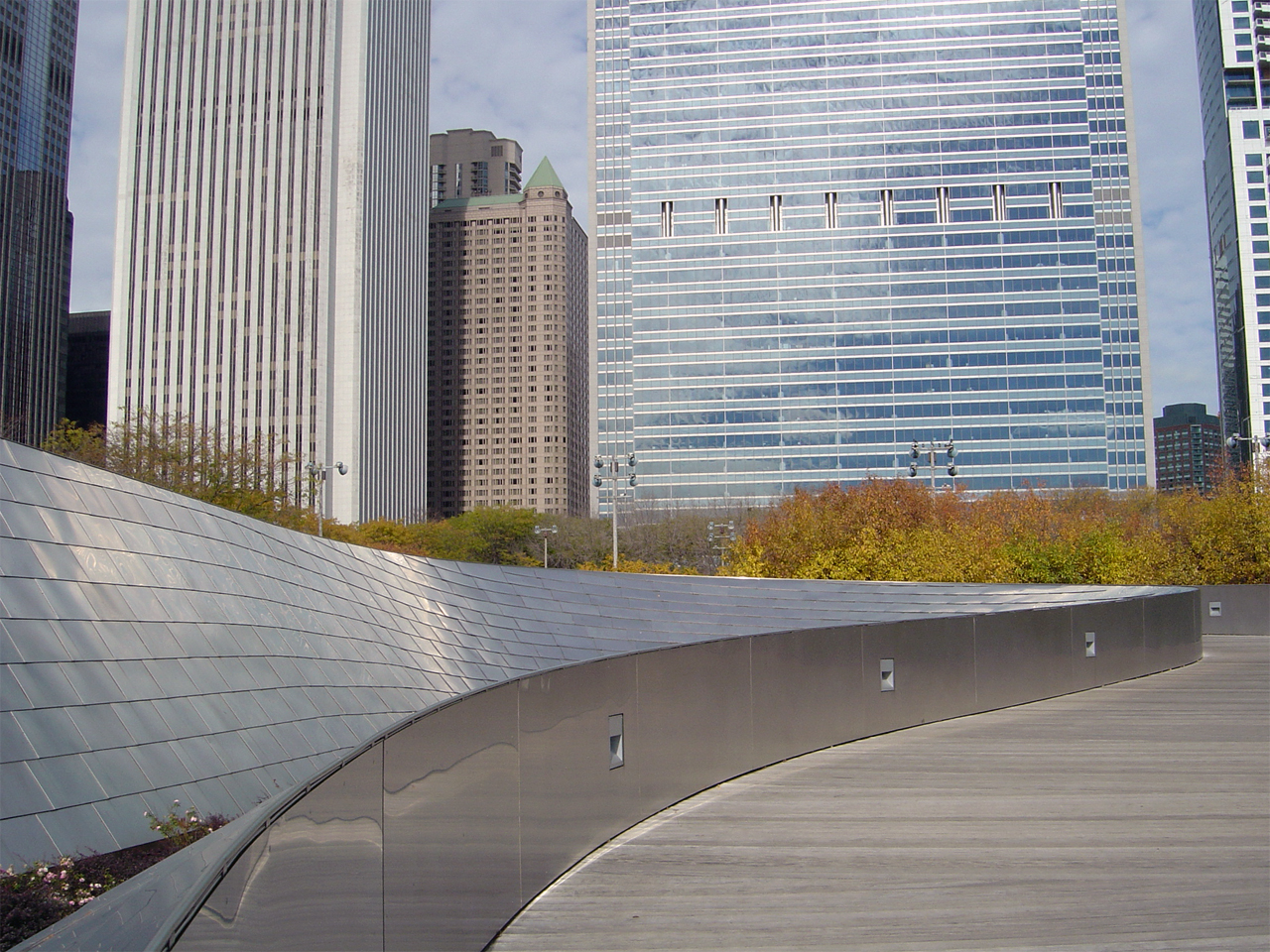Parapet on:
[Wikipedia]
[Google]
[Amazon]
 A parapet is a barrier that is an extension of the wall at the edge of a
A parapet is a barrier that is an extension of the wall at the edge of a



 Parapets may be plain, embattled, perforated or panelled, which are not mutually exclusive terms.
*Plain parapets are upward extensions of the wall, sometimes with a
Parapets may be plain, embattled, perforated or panelled, which are not mutually exclusive terms.
*Plain parapets are upward extensions of the wall, sometimes with a
Victorian Forts glossary
{{Authority control Fortification (architectural elements) Castle architecture Architectural elements Bridge components
 A parapet is a barrier that is an extension of the wall at the edge of a
A parapet is a barrier that is an extension of the wall at the edge of a roof
A roof ( : roofs or rooves) is the top covering of a building, including all materials and constructions necessary to support it on the walls of the building or on uprights, providing protection against rain, snow, sunlight, extremes of t ...
, terrace, balcony, walkway or other structure
A structure is an arrangement and organization of interrelated elements in a material object or system, or the object or system so organized. Material structures include man-made objects such as buildings and machines and natural objects such a ...
. The word comes ultimately from the Italian ''parapetto'' (''parare'' 'to cover/defend' and ''petto'' 'chest/breast'). Where extending above a roof, a parapet may simply be the portion of an exterior wall that continues above the edge line of the roof surface, or may be a continuation of a vertical feature beneath the roof such as a fire wall or party wall
A party wall (occasionally parti-wall or parting wall, also known as common wall or as a demising wall) is a dividing partition between two adjoining buildings that is shared by the occupants of each residence or business. Typically, the builder ...
. Parapets were originally used to defend buildings from military attack, but today they are primarily used as guard rails, to conceal rooftop equipment, reduce wind loads on the roof, and to prevent the spread of fires.
In the Bible the Hebrews are obligated to build a parapet on the roof of their houses to prevent people falling (Deuteronomy 22:8).
Parapet types



 Parapets may be plain, embattled, perforated or panelled, which are not mutually exclusive terms.
*Plain parapets are upward extensions of the wall, sometimes with a
Parapets may be plain, embattled, perforated or panelled, which are not mutually exclusive terms.
*Plain parapets are upward extensions of the wall, sometimes with a coping
Coping refers to conscious strategies used to reduce unpleasant emotions. Coping strategies can be cognitions or behaviours and can be individual or social.
Theories of coping
Hundreds of coping strategies have been proposed in an attempt to ...
at the top and corbel below.
*Embattled parapets may be panelled, but are pierced, if not purely as stylistic device, for the discharge of defensive projectiles.
*Perforated parapets are pierced in various designs such as circle
A circle is a shape consisting of all points in a plane that are at a given distance from a given point, the centre. Equivalently, it is the curve traced out by a point that moves in a plane so that its distance from a given point is cons ...
s, trefoils, or quatrefoils.
*Panelled parapets are ornamented by a series of panels, either oblong or square, and more or less enriched, but not perforated. These are common in the Decorated and Perpendicular
In elementary geometry, two geometric objects are perpendicular if they intersect at a right angle (90 degrees or π/2 radians). The condition of perpendicularity may be represented graphically using the '' perpendicular symbol'', ⟂. It c ...
periods.
Historic parapet walls
The teachings of Moses prescribed parapets on roof edges for newly constructed houses as a safety measure ().The Mirror Wall
Sigiriya or Sinhagiri (''Lion Rock'' si, සීගිරිය, ta, சிகிரியா/சிங்ககிரி, pronounced see-gi-ri-yə) is an ancient rock fortress located in the northern Matale District near the town of Dambulla ...
at Sigiriya
Sigiriya or Sinhagiri (''Lion Rock'' si, සීගිරිය, ta, சிகிரியா/சிங்ககிரி, pronounced see-gi-ri-yə) is an ancient rock fortress located in the northern Matale District near the town of Dambulla ...
, Sri Lanka
Sri Lanka (, ; si, ශ්රී ලංකා, Śrī Laṅkā, translit-std=ISO (); ta, இலங்கை, Ilaṅkai, translit-std=ISO ()), formerly known as Ceylon and officially the Democratic Socialist Republic of Sri Lanka, is an ...
built between 477 and 495 AD is one of the few surviving protective parapet walls from antiquity. Built onto the side of Sigiriya Rock it ran for a distance of approximately 250 meters and provided protection from inclement weather. Only about one hundred metres of this wall exists today, but brick debris and grooves on the rock face along the western side of the rock clearly show where the rest of this wall once stood.
Parapet roofs
Parapets surrounding roofs are common inLondon
London is the capital and List of urban areas in the United Kingdom, largest city of England and the United Kingdom, with a population of just under 9 million. It stands on the River Thames in south-east England at the head of a estuary dow ...
. This dates from the Building Act of 1707 which banned projecting wooden eaves in the cities of Westminster
Westminster is an area of Central London, part of the wider City of Westminster.
The area, which extends from the River Thames to Oxford Street, has many visitor attractions and historic landmarks, including the Palace of Westminster, B ...
and London
London is the capital and List of urban areas in the United Kingdom, largest city of England and the United Kingdom, with a population of just under 9 million. It stands on the River Thames in south-east England at the head of a estuary dow ...
as a fire risk. Instead an 18-inch brick parapet was required, with the roof set behind. This was continued in many Georgian houses, as it gave the appearance of a flat roof which accorded with the desire for classical proportions.
In Shilpa Shastras, the ancient Indian science of sculpture, a parapet is known as ''hāra''. It is optionally added while constructing a temple. The ''hāra'' can be decorated with various miniature pavilions, according to the Kāmikāgama.
Firewall parapets
Many firewalls are required to have a parapet, a portion of the wall extending above the roof. The parapet is required to be as fire resistant as the lower wall, and extend a distance prescribed by building code.Bridge parapets
Parapets on bridges and otherhighway
A highway is any public or private road or other public way on land. It is used for major roads, but also includes other public roads and public tracks. In some areas of the United States, it is used as an equivalent term to controlled-access ...
structures (such as retaining wall
Retaining walls are relatively rigid walls used for supporting soil laterally so that it can be retained at different levels on the two sides.
Retaining walls are structures designed to restrain soil to a slope that it would not naturally keep to ...
s) prevent users from falling off where there is a drop. They may also be meant to restrict views, to prevent rubbish passing below, and to act as noise barriers.
Bridge parapets may be made from any material, but structural steel
Structural steel is a category of steel used for making construction materials in a variety of shapes. Many structural steel shapes take the form of an elongated beam having a profile of a specific cross section. Structural steel shapes, si ...
, aluminium
Aluminium (aluminum in American and Canadian English) is a chemical element with the symbol Al and atomic number 13. Aluminium has a density lower than those of other common metals, at approximately one third that of steel. It ha ...
, timber and reinforced concrete are common. They may be of solid or framed construction.
In European standards, parapets are defined as a sub-category of "vehicle restraint systems" or "pedestrian restraint systems".
Parapets in fortification
A parapetfortification
A fortification is a military construction or building designed for the defense of territories in warfare, and is also used to establish rule in a region during peacetime. The term is derived from Latin ''fortis'' ("strong") and ''facere ...
(known as a breastwork when temporary) is a wall of stone, wood or earth on the outer edge of a defensive wall or trench, which shelters the defenders. In medieval castles, they were often crenellated. In later artillery forts, parapets tend to be higher and thicker. They could be provided with embrasures for the fort's guns to fire through, and a banquette
A banquette is a small footpath or elevated step along the inside of a rampart or parapet of a fortification. Musketeers atop it were able to view the counterscarp, or fire on enemies in the moat. A typical size is a foot and a half (approxima ...
or fire-step so that defending infantry could shoot over the top. The top of the parapet often slopes towards the enemy to enable the defenders to shoot downwards; this incline is called the ''superior talus''.''A New and Enlarged Military Dictionary'', Charles James, Egerton Military Library 1810.
See also
* Attic style * Merlon * RedoubtReferences
Bibliography
*Senani Ponnamperuma. ''The Story of Sigiriya'', Panique Pty Ltd, 2013 pp 124–127, 179. .External links
Victorian Forts glossary
{{Authority control Fortification (architectural elements) Castle architecture Architectural elements Bridge components